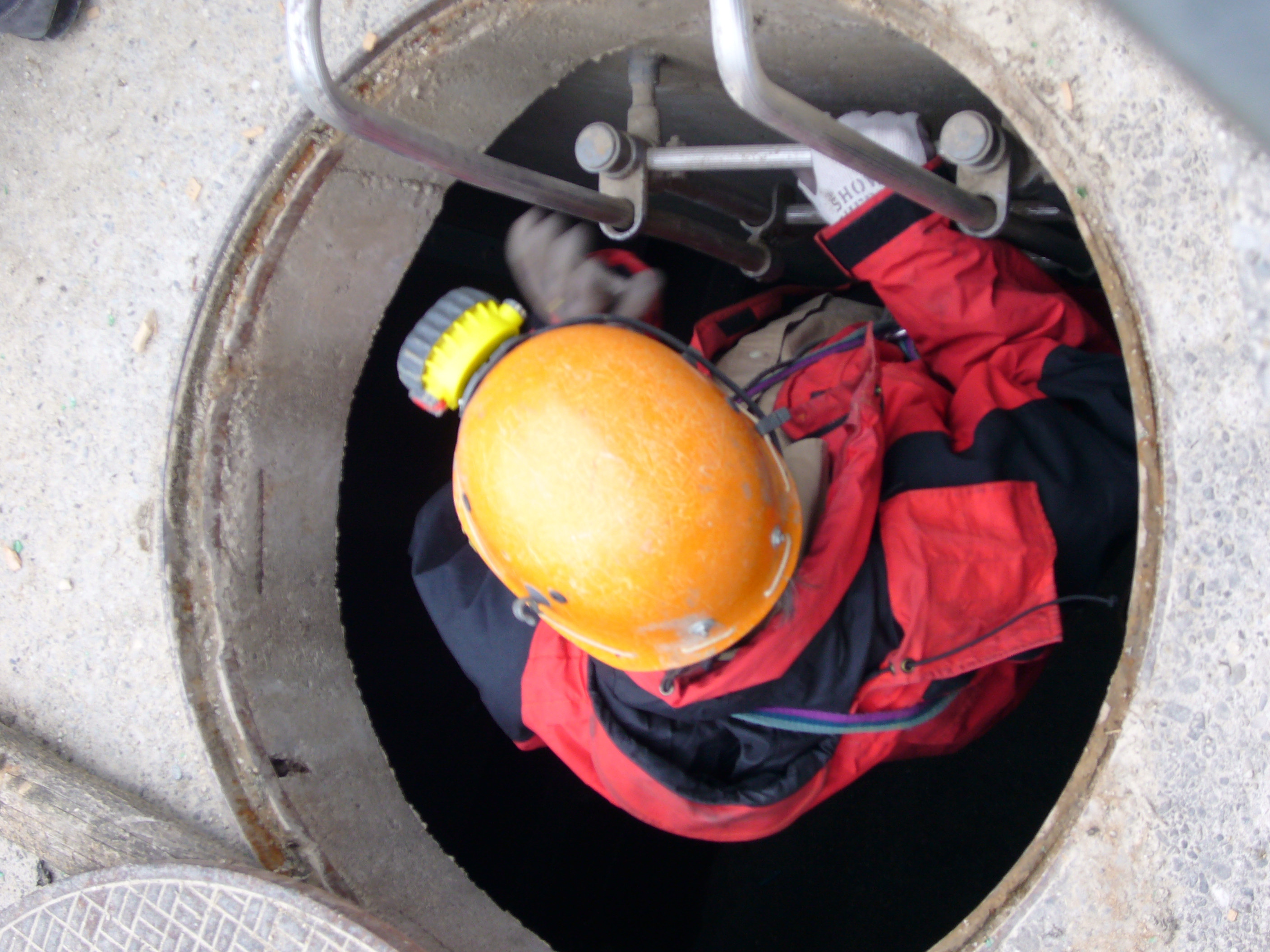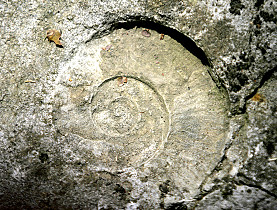Getting to grips with geology

Dinosaurs are long dead, and most of the rocks we see around us are millions of years old – but geology is alive, and it matters.
That was the message put across by the Living Geology days held all across Switzerland.
About 10,000 people took part in some 80 events at the end of May, enticed by such intriguing questions as: Were there ever rhinos in Switzerland? How old are the Alps? Did the Matterhorn come from Africa?
The possibilities ranged from open days at museums and institutes, to themed walks, and visits to quarries and bunkers.
“The idea is to give people a better idea of Switzerland’s geology, and what geologists actually do,” Pierre Dèzes, a member of the national organising committee, told swissinfo.ch.
Geologist Urs Eichenberger conducted a group around the town of La Chaux-de-Fonds in western Switzerland, showing them where its water comes from and where it goes to.
The town is in the Jura, an area of limestone, which is a notoriously difficult rock when it comes to water distribution. It is highly porous and full of fissures, so there is no natural surface water. But when there is a lot of rain and the water cannot soak through quickly enough, there is flooding.
Eichenberger explained how nitrates used as fertiliser on the fields seep into one of the tunnels bringing water to the town, meaning it has to be repurified before being distributed to homes.
He explained, too, how the piercing of a major road tunnel just outside the town had changed sub-surface pressures altering the flow of underground water – a phenomenon which is to be expected, but whose precise details are next to impossible to predict.
Whose waste is it?
One of the key points he wanted to get across was the importance of separating sewage from “grey water” run-off – something which is not fully done in the La Chaux-de-Fonds.
“We have a wastewater plant which can only treat a certain amount,” he told swissinfo.ch.
“In the future it would be better to have less dirty water, which would then be more concentrated, and to have the clearer water from roofs and roads flowing separately from the really polluted water.”
To prove the point, he led the group into the dark overflow tunnel, having first provided them with lights and helmets. Guided by a rope strung along the first few metres of the tunnel, they climbed gingerly down iron rungs to a deeper level.
Here and there on the walls seeds washed there by the rain had germinated, their long pale shoots struggling vainly to find light. Here and there nameless pieces of detritus hung from the ceiling – better not to investigate too closely what they might be. A good thing everyone had been given gloves to wear.
Participants could be heard swearing to be extra careful about what they throw down the toilet in future.
The waste water from the tunnel eventually seeps into the fissures in the rock, and makes its way to the River Doubs, which provides the water used by some communities in France – who wish La Chaux-de-Fonds treated its waste more effectively.
“I think we all have a certain responsibility. We can’t just follow the law; we should be aware of what is going on around us,” Eichenberger commented.
The acid test
This year there was a special emphasis on children. There were events for school classes and extra activities for young participants.
Eva Plattner, who works as an educator at the museum of Natural History in the northwestern town of Olten, thinks this is very important. Children who joined the tour to the town’s gravel pits got their own introduction from her.
“We look at the rocks very carefully with the magnifying glass, and find the fossils in the Solothurn limestone, for instance, and compare them to animals which once lived in the sea,” she told swissinfo.ch.
“I take with me examples of sea snails and so on. And the children also learn that stones are not all the same. After the limestone we look at granite and gneiss whose origin is quite different.”
Always popular is the acid test: drip hydrochloric acid onto a rock containing limestone and it fizzes very satisfactorily.
Independent geologist Beat Imhof regrets that the subject is barely taught in schools.
“For me the point of these excursions is that if people understand the history of the Earth a bit better, they will have more respect for the environment,” he said after showing the adults round the pits, where he pointed out the different kinds of rock, explained how they got there, and how they fit in to the past and present appearance of the Olten area.
Spoiled for choice
The Living Geology days were first held in 2007, and it was decided to hold them every three years. But there are so many different events to choose from that visitors can only scratch the surface.
“The reason why they come round only every three years is to do with the fact that many of the people organising them are volunteers,” Dèzes explained. “It would be a bit much to expect them to do it every year.”
But as he pointed out, people can in fact visit many of the sites by themselves, outside the framework of the geology days.
And if the guides whom swissinfo met are typical, they are all passionate about their subject and bringing it to a wider public.
Julia Slater in La Chaux-de-Fonds and Olten, swissinfo.ch
The Living Geology days are coordinated by the association Erlebnis Geologie, established in 2005.
The association’s aim is to raise awareness among the general public, the media and politicians about the importance of geology for society and its standard of living.
The events are arranged, among others, by museums, universities, private geology bureaux, and relevant branches of industry
Living Geology days were first held in 2007, and are to be repeated every three years on a specific Friday and Saturday between Easter and the summer holidays
Holding events on a Friday enables school classes to take part.
The GeoEvents consist of excursions, guided visits and exhibitions all over Switzerland.
Events in 2010 included:
measuring dinosaur tracks
making toothpaste out of marble
looking for fossils
visiting caves and old mines
guided hikes round geology trails
Fossils in the Swiss plateau show that rhinos lived there about 25 million years ago.
The area was a flood plain with rivers and bogs, with a subtropical climate.
Rhino skulls, jaws, individual bones, teeth and even partial skeletons have been found. Many of them were washed downstream from the area where the animal actually lived.
Other animals sharing this habitat included tortoises, and ancestors of the pig, deer and dog, as well as small rodents and land snails.
The Alps emerged as a chain of mountains about 30 million years ago.
The process of formation started about 100 million years ago, when tectonic plates from Africa crashed into those of Europe.
But for 70 million years the plates piling on top of each other were under the sea.
The Alps are still rising, at the rate of about one millimetre a year – but at the same time are being eroded away.

In compliance with the JTI standards
More: SWI swissinfo.ch certified by the Journalism Trust Initiative












You can find an overview of ongoing debates with our journalists here . Please join us!
If you want to start a conversation about a topic raised in this article or want to report factual errors, email us at english@swissinfo.ch.